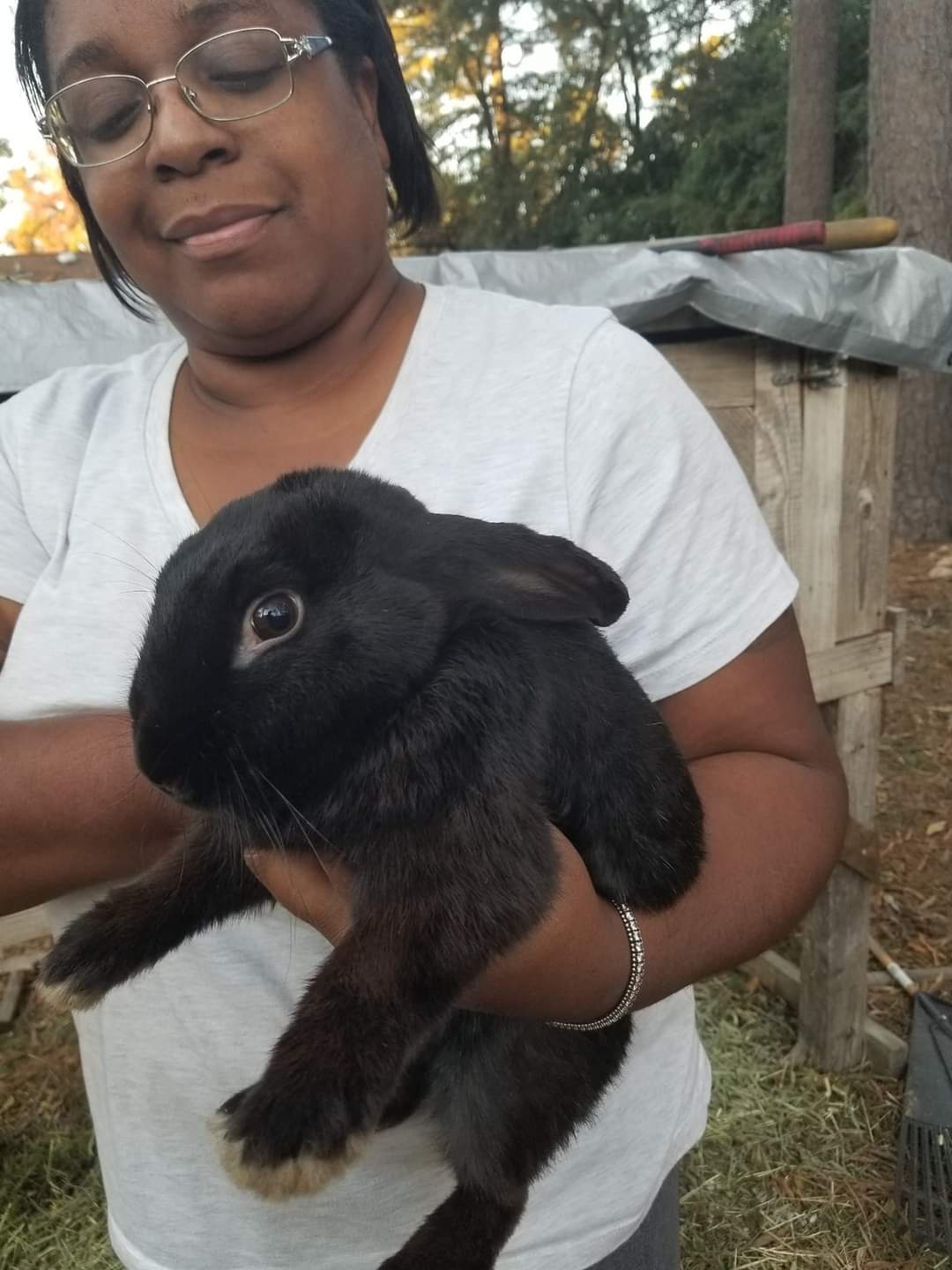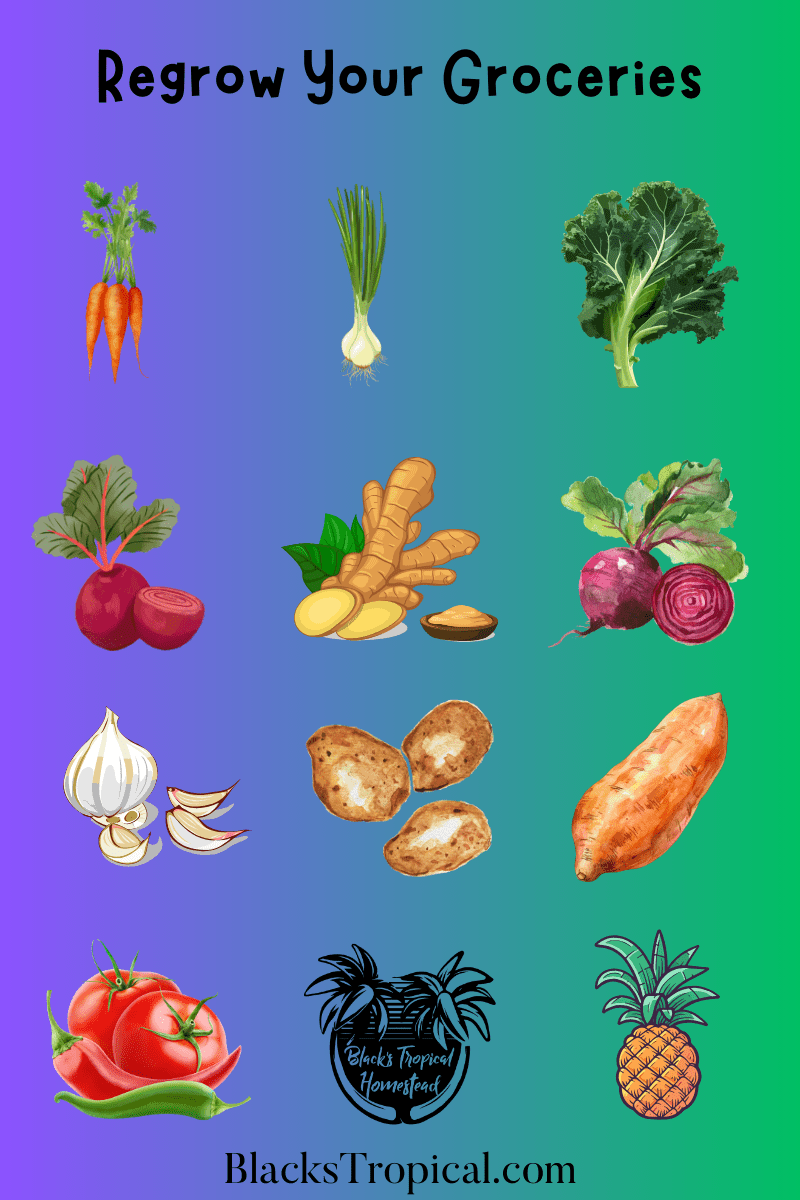


Raising Meat Rabbits: The Overlooked Powerhouse of Sustainable Meat Production 🐇🥩
When people think about raising their own meat, they usually imagine chickens, pigs, or maybe even goats—but what if I told you there’s a smaller, quieter, and more efficient livestock option?
Enter the meat rabbit: the unsung hero of homesteading, small-scale farming, and sustainable living. These furry little powerhouses are low-maintenance, cost-effective, and capable of producing an impressive amount of lean, nutritious meat in a tiny footprint.
If you’ve ever considered taking control of your food source or building a self-sufficient homestead, you’ll want to hop on board with raising meat rabbits. Let’s break down exactly why they’re such a hidden gem in the world of sustainable farming.
🥕 1. Incredible Feed-to-Meat Efficiency
Did you know that rabbits are one of the most efficient meat producers in terms of feed conversion?
✔ Rabbits convert food into meat faster and more efficiently than chickens, pigs, or cows.
✔ It takes about 4 lbs of feed for a rabbit to produce 1 lb of meat—compare that to 7 lbs of feed per pound of beef, and you see why rabbits are the smarter choice.
✔ Since they can thrive on pellets, hay, garden scraps, and even foraged greens, they’re affordable and sustainable to feed.
Plus, with a little homestead ingenuity, you can grow your own rabbit food (think alfalfa, dandelions, and vegetable scraps), cutting costs even further.
🏆 2. Super Fast Growth & Reproduction
One of the biggest advantages of raising meat rabbits is how quickly they reproduce and grow—nature really outdid itself with these little guys!
🐇 Rabbits reach butcher weight in just 8-12 weeks—that’s twice as fast as chickens!
🐇 A single doe (female rabbit) can have 5-7 litters per year, producing 30-50 kits annually.
🐇 Each litter can yield up to 5 lbs of meat—that’s a serious amount of food from just one breeding pair.
By keeping a small breeding stock, you can have a continuous, year-round supply of fresh meat without ever worrying about store shortages or supply chain issues.
🐰 Fun Fact: A well-managed rabbitry can produce over 200 lbs of meat per year with just a few breeding does and bucks!
🌱 3. Minimal Space Needed—Perfect for Backyard Farming
 Unlike cows that need pastures or chickens that need coops and runs, rabbits are tiny space-savers.
Unlike cows that need pastures or chickens that need coops and runs, rabbits are tiny space-savers.
✔ They thrive in hutches, cages, or colony setups, making them ideal for urban and suburban homesteaders.
✔ Even if you have just a small backyard, balcony, or garage, you can raise rabbits for meat.
✔ Their vertical-friendly setup means you can stack hutches or build tiered systems to maximize space.
This makes meat rabbits one of the best livestock choices for people living in apartments, small homes, or urban areas where space is limited.
🐰 Pro Tip: Some urban homesteaders even keep rabbits in a garage or basement (with proper ventilation) to avoid weather issues!
🍽 4. Rabbit Meat: Lean, Nutritious, & Delicious
If you’ve never tried rabbit meat, let me tell you—you’re in for a treat.
✔ High in protein (more than chicken or beef!)
✔ Low in fat & cholesterol (great for heart health)
✔ Packed with essential nutrients like B12, iron, and phosphorus
Not only is rabbit one of the healthiest meats you can eat, but it’s also versatile in the kitchen. It works beautifully in:
🔥 Grilled & Roasted Dishes – Rabbit BBQ, anyone?
🥘 Slow Cooked Stews – Tender, fall-off-the-bone goodness.
🍲 Casseroles & Soups – Soaks up flavors like a dream.
🐰 Fun Fact: Rabbit meat is so lean that you need to cook it low and slow or add fats (like butter or bacon) to keep it juicy!
🌎 5. Eco-Friendly & Sustainable Meat Production
Compared to traditional livestock, rabbits have a tiny environmental footprint.
✔ Less Water Usage – Rabbits use far less water than cattle or pigs.
✔ Lower Carbon Emissions – No methane burps like cows!
✔ Garden-Friendly Fertilizer – Rabbit manure is a goldmine for gardeners. It’s a cold manure, meaning it can be used fresh without composting.
This makes rabbits one of the greenest meat options out there—perfect for eco-conscious homesteaders.
🐰 Pro Tip: If you garden, use rabbit poop as fertilizer to grow food for both you and your rabbits—a true closed-loop system!
🤫 6. Stealth Mode: No Noise, No Complaints
Ever had a rooster wake you up at 4 AM? Yeah, not fun.
Rabbits, on the other hand, are completely silent. No squawking, no mooing, no oinks—just peaceful, quiet farming.
✔ Ideal for suburban or urban homesteads where noisy livestock might annoy the neighbors.
✔ No need for special zoning permits (in most areas) since they aren’t considered “livestock” like chickens or goats.
🐰 Fun Fact: Because they’re so quiet, many people don’t even know their neighbors are raising meat rabbits!
🧵 7. Bonus: Meat AND Fur!
Meat AND Fur!
If you choose breeds like Rex or Angora, you get both meat and high-quality fur—a two-in-one bonus.
✔ Rabbit pelts can be tanned and used for crafts, clothing, or resale.
✔ High-end rabbit fur is used in gloves, scarves, and even luxury fashion.
It’s a great way to maximize profit from your rabbitry!
🐰 Pro Tip: If you aren’t into tanning, you can still sell raw pelts to artisans and crafters for extra income.
💰 8. Low Cost & Low Maintenance—Great for Beginners
Raising rabbits is affordable and beginner-friendly.
✔ Minimal equipment needed – Hutches, feeders, and waterers are all that’s required.
✔ Simple diet – Pellets, hay, and garden scraps keep them well-fed.
✔ Hardy & Low Vet Costs – Rabbits are generally healthy animals with few medical issues.
🐰 Pro Tip: Start small with one breeding pair and expand as you gain experience!
🎯 Final Thoughts: Is Raising Meat Rabbits Right for You?
If you want a sustainable, space-saving, and efficient way to produce your own meat, rabbits are the ultimate homestead hack.
✔ High yield, low cost
✔ Perfect for small spaces
✔ Sustainable and eco-friendly
✔ Healthy and delicious meat
So, what are you waiting for? Start your rabbit-raising adventure today, and enjoy the benefits of fresh, homegrown meat!
🐇 Have you raised meat rabbits before? Drop your tips and experiences in the comments! 🐇


